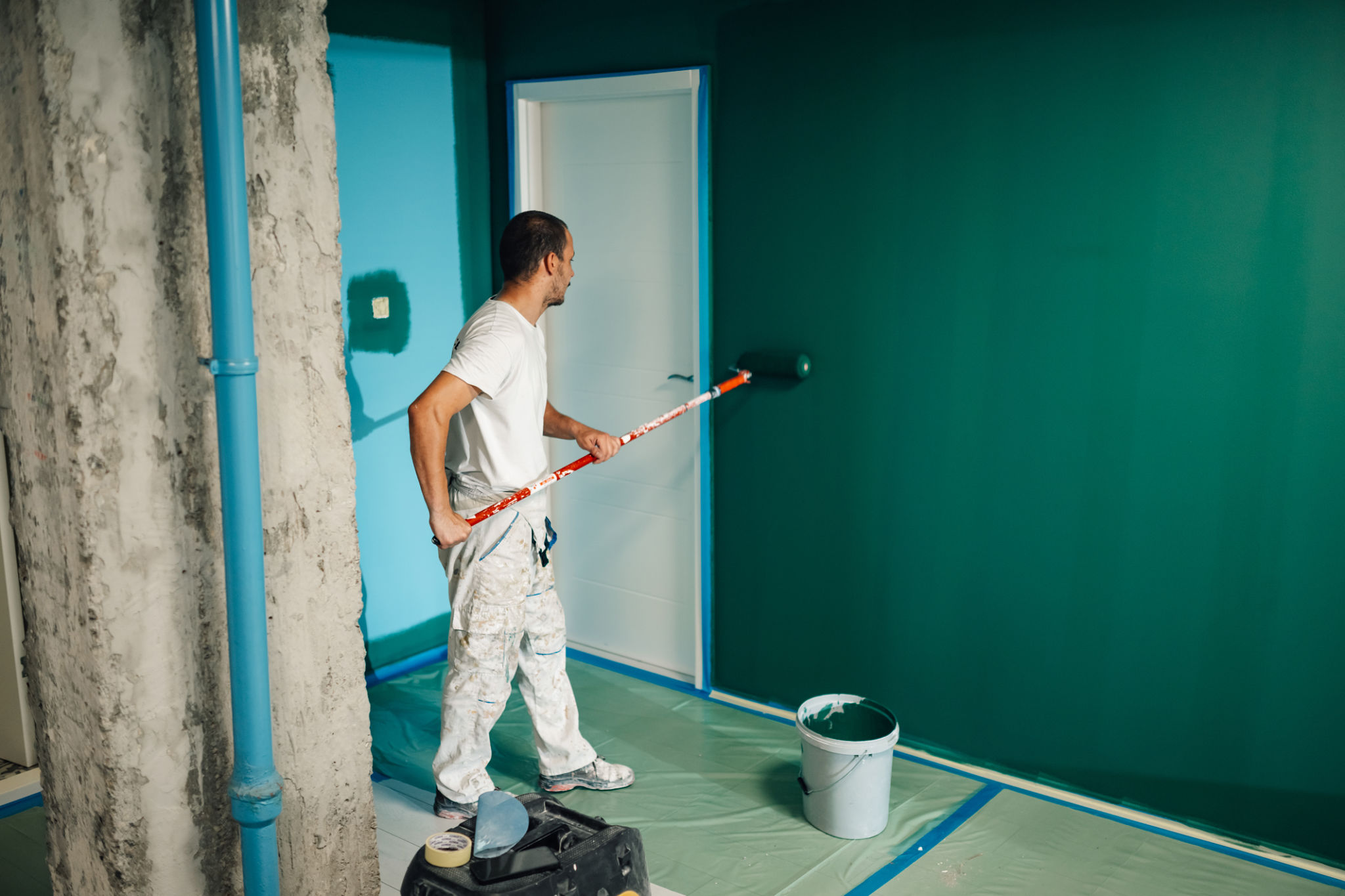Exploring Eco-Friendly Exterior Home Painting Options
Understanding Eco-Friendly Paints
In recent years, there has been a growing demand for eco-friendly products across various industries, and home improvement is no exception. When it comes to exterior home painting, opting for eco-friendly options is not only beneficial for the environment but also for the health of your family. Traditional paints often contain volatile organic compounds (VOCs) that release harmful emissions, leading to air pollution and health issues.

Eco-friendly paints, on the other hand, are formulated with natural ingredients and low VOC levels, minimizing their impact on the environment. As homeowners become more conscious of their carbon footprint, these sustainable paint options offer a viable solution without compromising on quality or aesthetics.
Types of Eco-Friendly Paints
There are several types of eco-friendly paints available in the market today, each with its unique benefits:
- Low-VOC paints: These paints significantly reduce the emission of harmful chemicals into the air, making them a healthier choice for both indoor and outdoor use.
- Zero-VOC paints: Ideal for individuals with allergies or respiratory issues, these paints contain minimal to no volatile organic compounds.
- Natural paints: Made from natural ingredients like clay, plant oils, and resins, these paints are biodegradable and non-toxic.
Choosing the right type of paint depends on your specific needs and preferences. Whether it's reducing toxicity or supporting sustainable practices, there's an eco-friendly paint option to suit every homeowner's requirements.
Benefits of Eco-Friendly Exterior Painting
Opting for eco-friendly exterior paints comes with a host of benefits that extend beyond environmental conservation. Firstly, these paints offer improved air quality around your home by reducing the emission of harmful chemicals. This can lead to a healthier living environment, especially for those with sensitivities or young children.

Additionally, eco-friendly paints are often more durable than conventional options. They resist cracking and fading over time, providing lasting coverage and protection against the elements. This durability can translate into cost savings in the long run, as repainting frequency may be reduced.
Cost Considerations
While eco-friendly paints may initially seem more expensive than their traditional counterparts, it's essential to consider the long-term savings they offer. Their superior durability means fewer touch-ups and repaints over time, which can offset the initial cost. Furthermore, investing in sustainable products supports the growing green economy and encourages more manufacturers to produce environmentally friendly options.

Homeowners can also look for rebates or incentives offered by local governments or utility companies for using eco-friendly building materials. These financial benefits can make the switch to green painting options even more appealing.
Tips for a Successful Eco-Friendly Painting Project
To ensure a successful eco-friendly exterior painting project, consider the following tips:
- Proper Surface Preparation: Clean and prepare surfaces thoroughly to ensure good paint adhesion and longevity.
- Choose Quality Brushes and Rollers: Investing in high-quality tools can enhance the application process and final finish.
- Plan Around Weather Conditions: Painting during optimal weather conditions can prevent issues like bubbling or poor adhesion.
By taking these steps, you can achieve a professional-looking finish while staying committed to sustainability.
In conclusion, exploring eco-friendly exterior home painting options not only helps protect our planet but also enhances your living environment. With various types of sustainable paints available and numerous benefits to consider, making the switch is an investment in both your home and the world around you. Whether you're repainting your entire exterior or touching up certain areas, choosing eco-friendly products is a step toward a greener future.